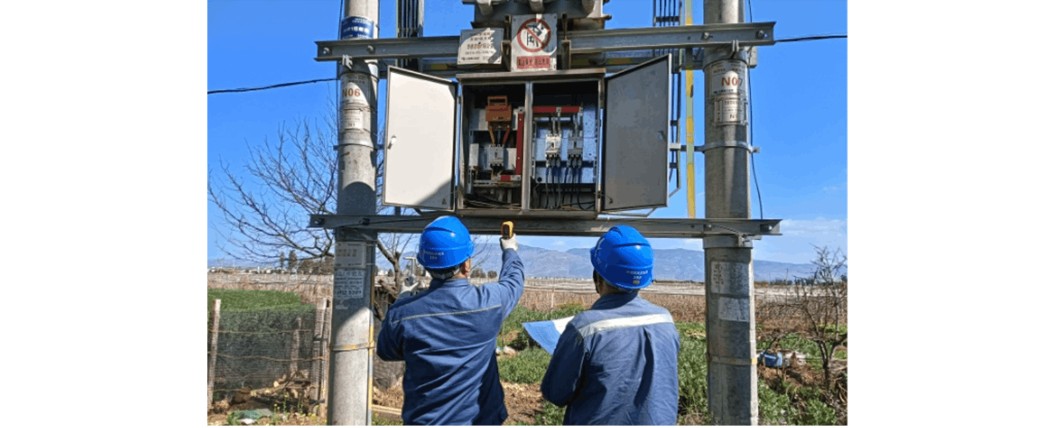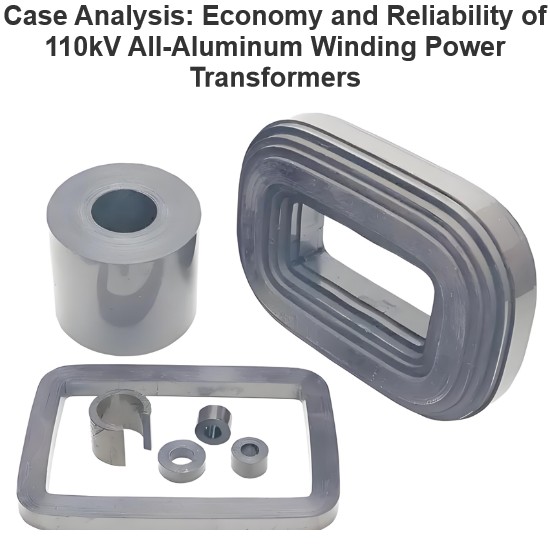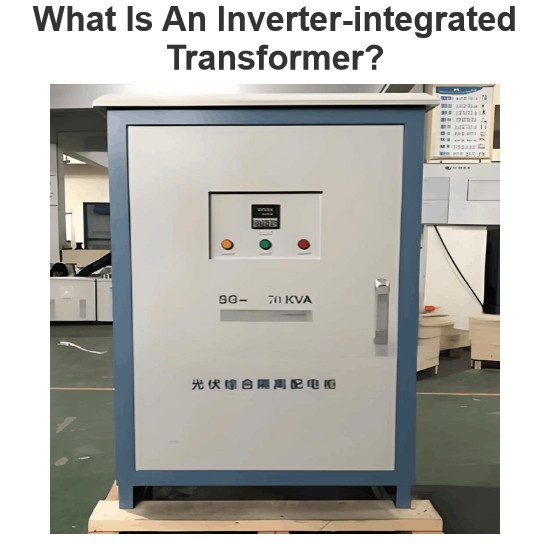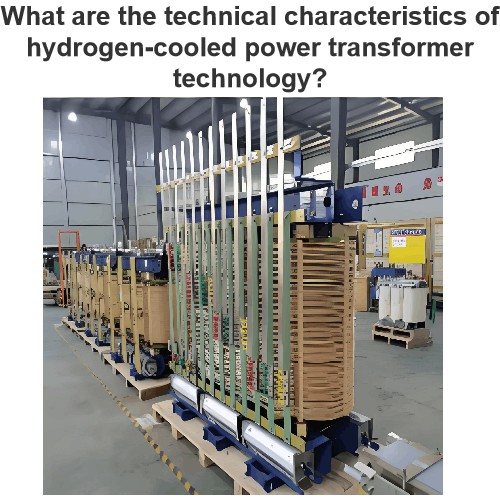Transformer operation and maintenance
Transformer Operating Temperature
During operation, transformers generate copper losses and iron losses, both of which are converted into heat, causing the transformer’s temperature to rise. Most transformers in China use Class A insulation. Due to heat transfer characteristics, significant temperature differences exist between different components during operation: winding temperature is the highest, followed by the core, and then the temperature of the insulating oil (with upper-layer oil being hotter than lower-layer oil). The allowable operating temperature of a transformer is determined by the temperature of its upper-layer oil. For Class A insulated transformers, under normal operating conditions with an ambient temperature of 40°C, the maximum temperature of the upper-layer oil must not exceed 85°C.
Temperature Rise During Transformer Operation
The temperature difference between the transformer and its surrounding medium is referred to as the transformer’s temperature rise. Due to the notable temperature variations across different components, this can impact the transformer’s insulation. Additionally, as the transformer’s temperature increases, winding losses also rise. Therefore, it is necessary to specify allowable temperature rises for each component under rated load conditions. For Class A insulated transformers, when the ambient temperature is 40°C, the allowable temperature rise for upper-layer oil is 55°C, and for windings, it is 65°C.

Voltage Variation Range During Transformer Operation
In power systems, fluctuations in grid voltage cause corresponding variations in the voltage applied to transformer windings. If the grid voltage is lower than the rated voltage of the transformer’s used tap, no damage to the transformer occurs. However, if the grid voltage exceeds the rated voltage of the used tap, it will lead to increased winding temperatures, higher reactive power consumption by the transformer, and waveform distortion in the secondary coil. Thus, the transformer’s supply voltage should generally not exceed 5% of the tap’s rated voltage.
Requirements for Transformer Parallel Operation
Transformer parallel operation involves connecting the primary windings of two or more transformers to a common power source and their secondary windings in parallel to supply a shared load. In modern power systems, as system capacity grows, parallel operation of transformers has become essential.Power transformers operating in parallel must meet the following requirements:
Their transformation ratios must be equal, with an allowable deviation of ±0.5%.
Their short-circuit voltages must be equal, with an allowable deviation of ±10%.
Their connection groups must be identical.
The Electricity Encyclopedia is dedicated to accelerating the dissemination and application of electricity knowledge and adding impetus to the development and innovation of the electricity industry.













